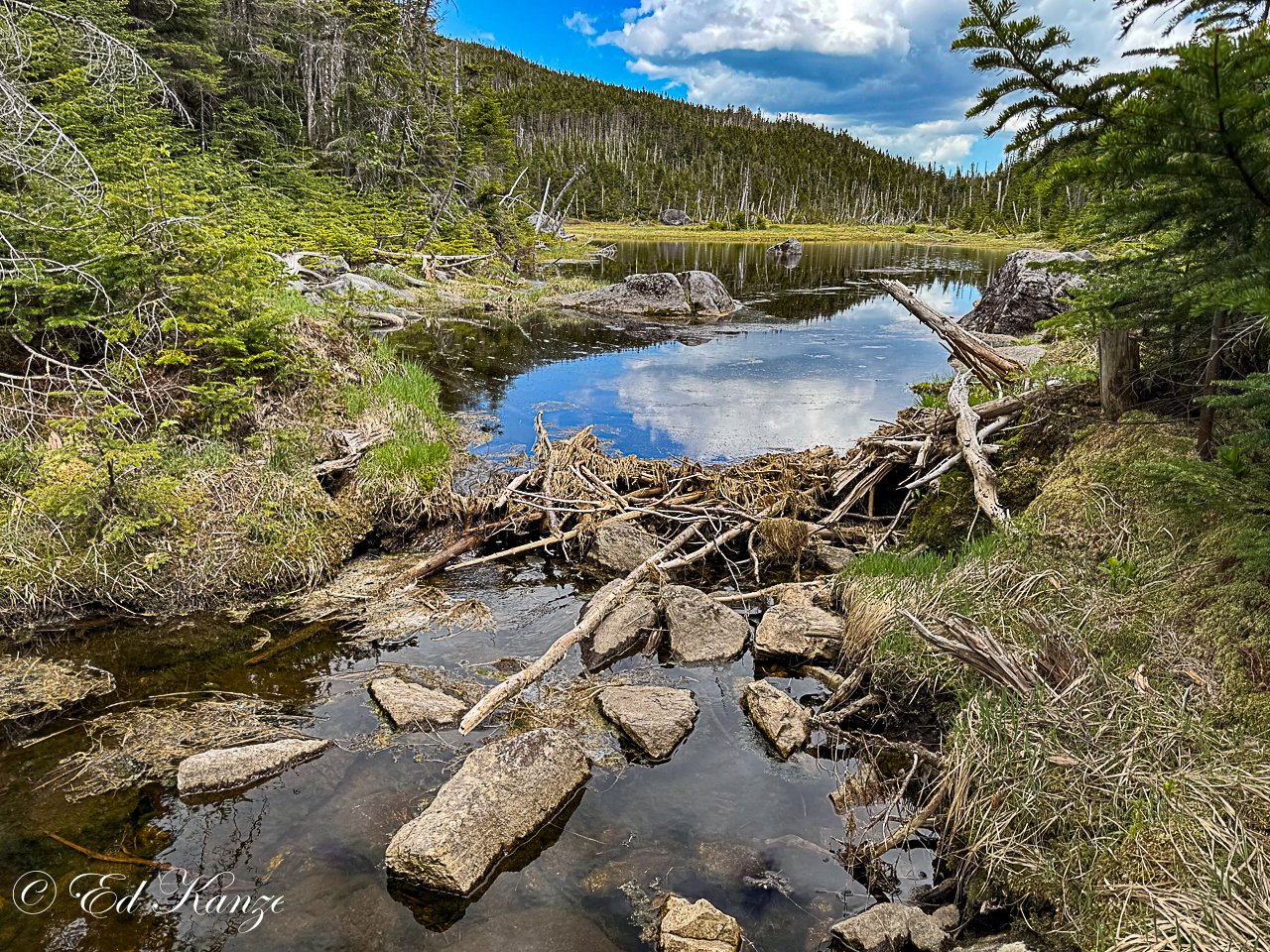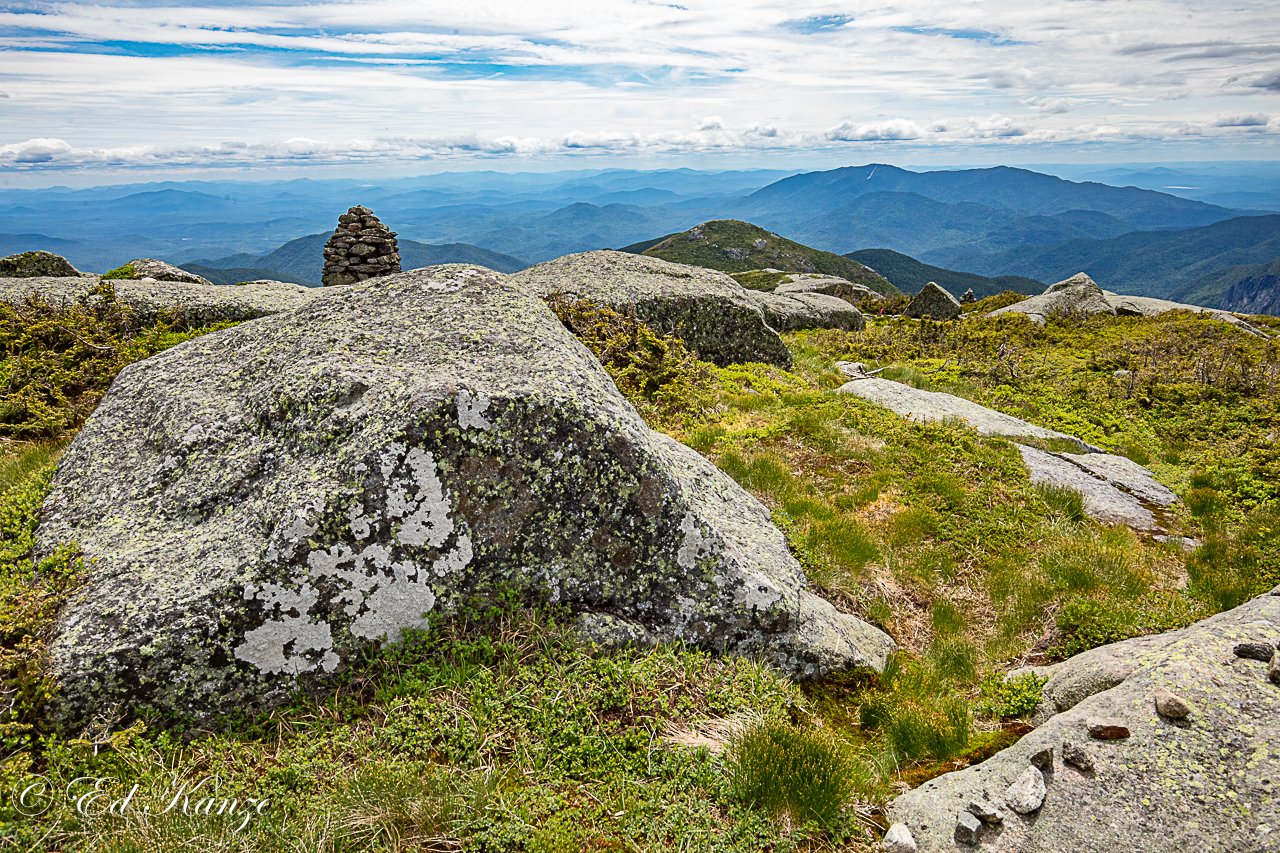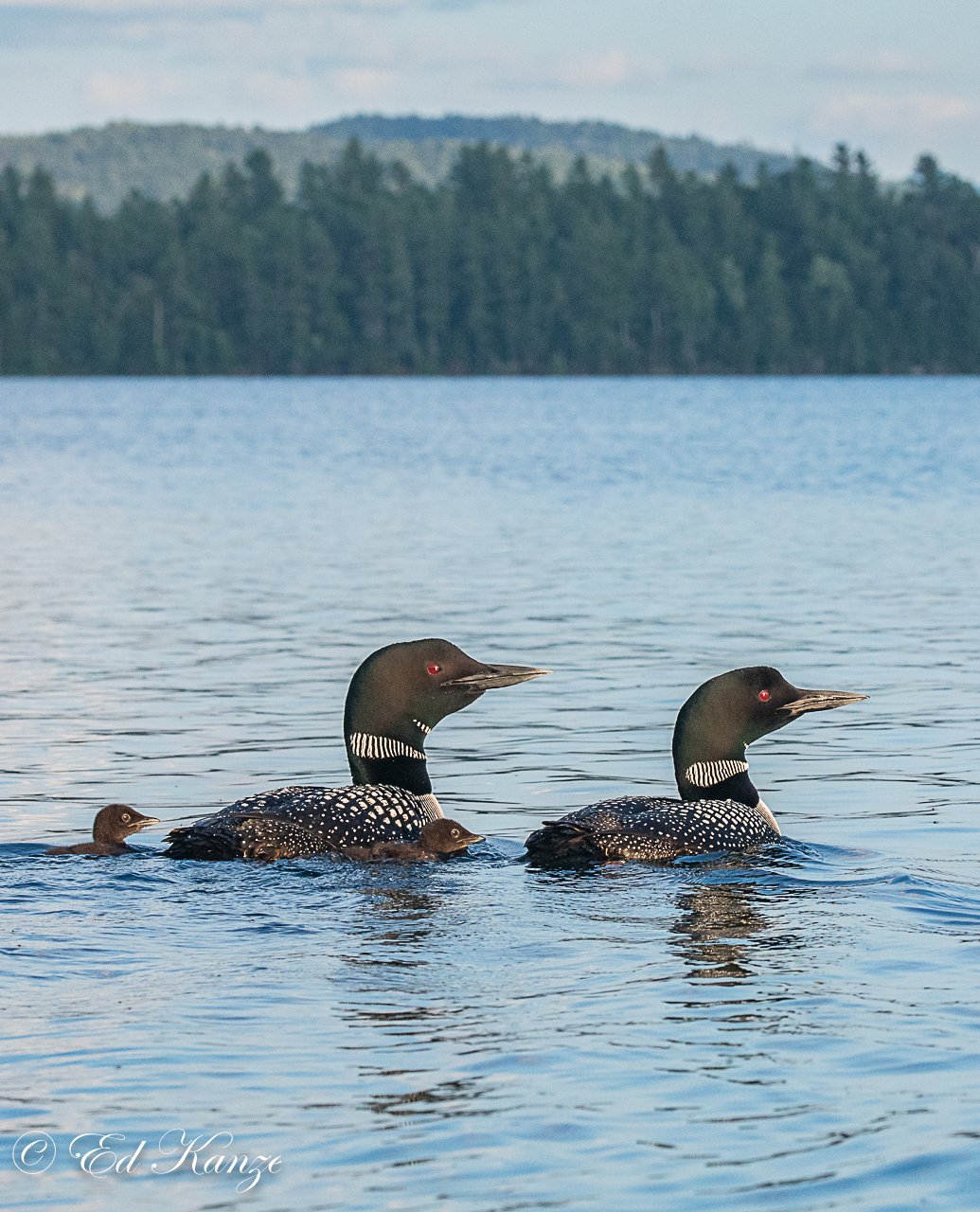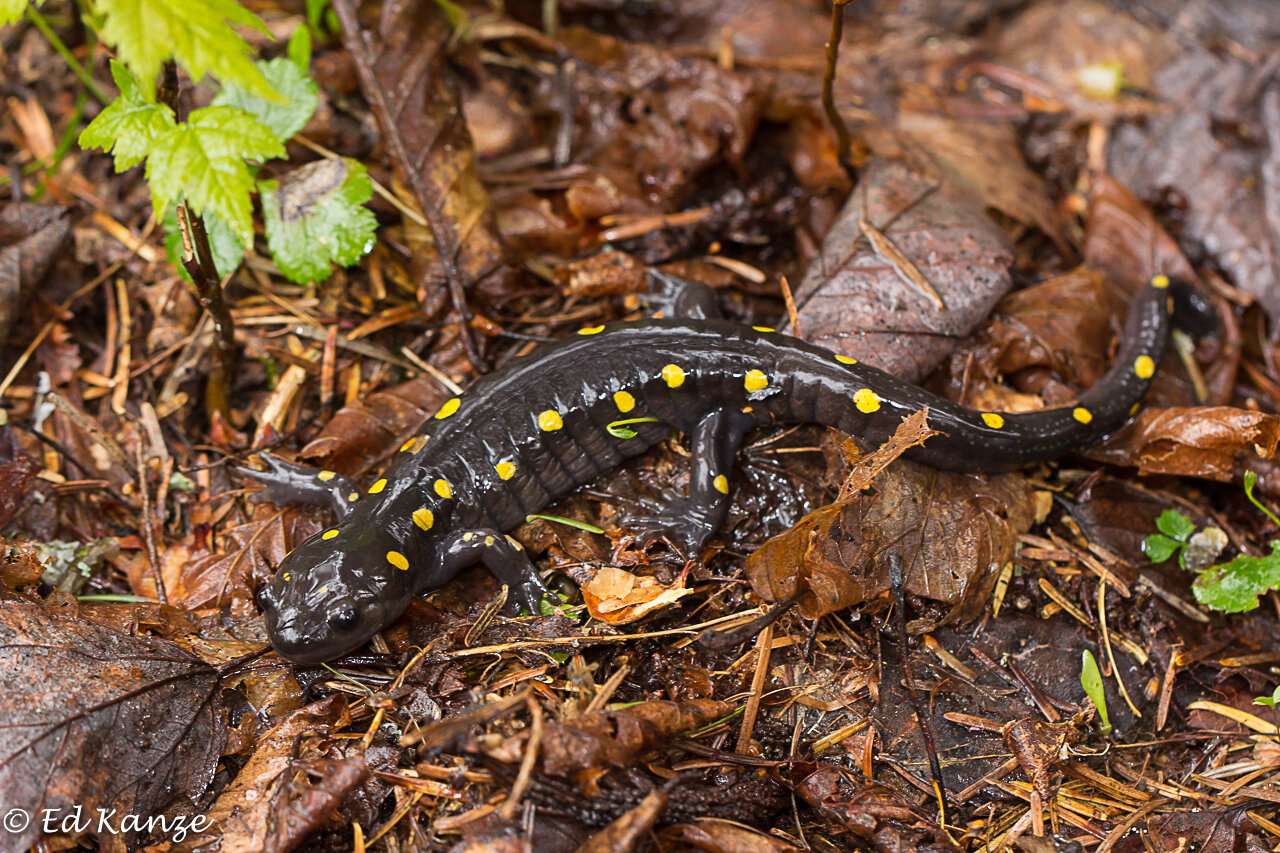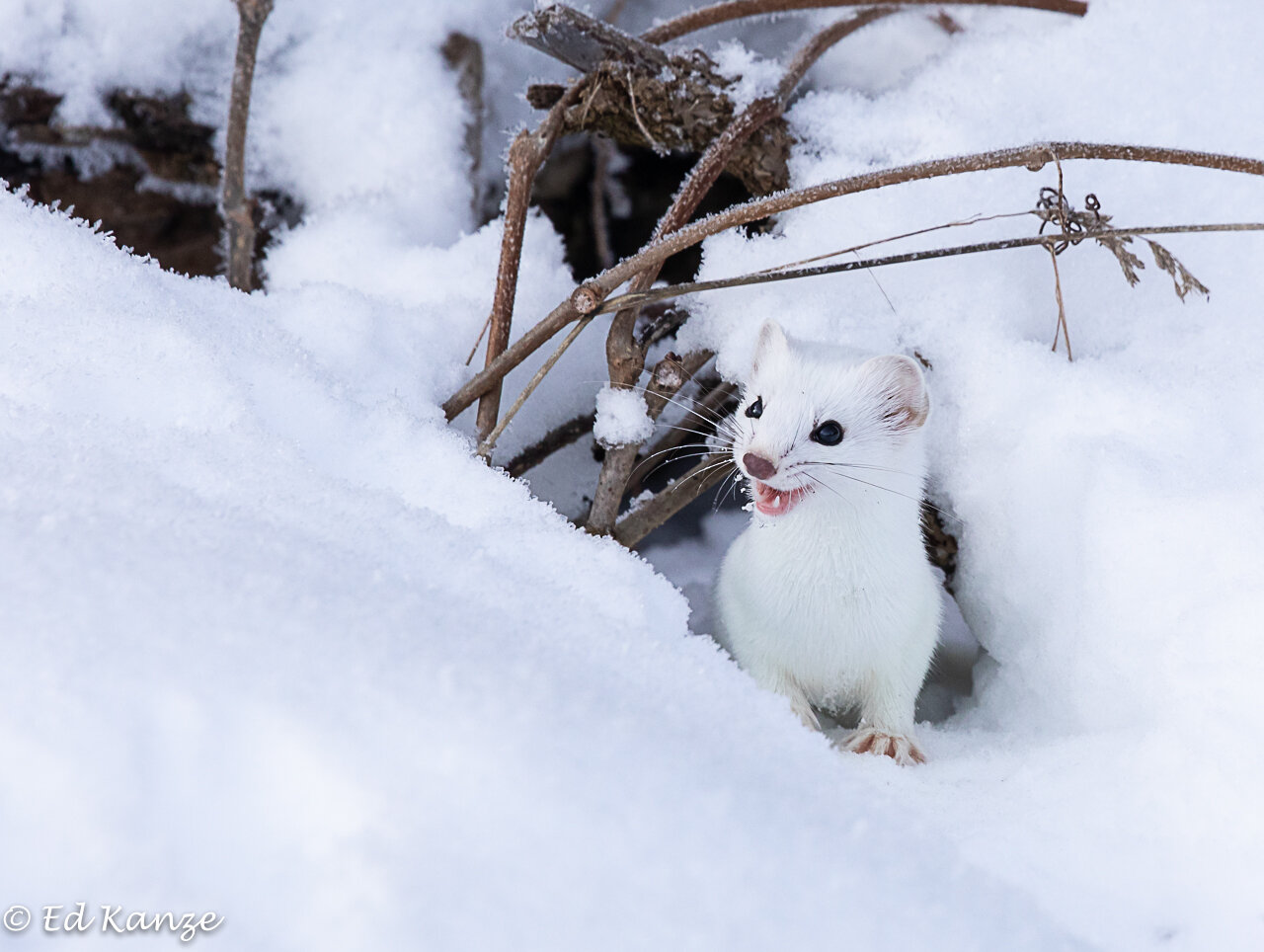Photographing wild animals offers great challenges and, when things go well, great pleasure. When you fail, the pleasure is much diminished. So you have to allow yourself a bit of self-pity, for after all, odds are you put in a huge amount of effort and came away with little or nothing. Wildlife photography, like life, is ruled partly by chance and isn’t fair. Then, if you want any hope of success, you have to haul yourself out of your funk, figure out the mistakes you made, forgive yourself for them, and choose the next thing to try.
Here’s my blind. Very tight quarters for sitting inside and shivering. I wore more layers than an onion, so many I could barely walk and barely fit inside..
So it went for me with bobcats. I failed in the winter of 2022-2023 to produce anything other than poor trail camera shots. The following winter, despite Herculean efforts at three locations, I produced no images at all. Then, on the last day of April, my trail came recorded a single, grainy image of a bobcat walking along a fallen tree. Months passed. Thanks in part to the help of our local public library and its reference librarian, I devoured all the solid information on bobcats I could find. Winter 2024-2025 arrived, bringing incessant cold and deep snow—demanding working conditions for bobcats and photographers. My luck turned, perhaps because the cats were struggling to hunt in the thick powder. Suddenly I had bobcats parading in front of my trail cam again and again, sometimes three at a time. The big breakthrough came on Valentine’s Day. It brought the first of six occasions when I crawled into my blind, sat cramped and shivering for several hours, and didn’t mind the pain. Painful memories of the 100 or more failed hours of my efforts in the past faded away. There, right in front of me, prowled the small, powerful, handsome wild cat of our woods. Generally I saw just one at a time, but on two occasions there were two. Here is a selection of images, each accompanied by a few words.
This was my first photo—grabbed quickly as I walked toward my blind. It’s not as sharp as it could be, but this was my first photo of a bobcat taken with a serious camera. I was thrilled.
This was the first photo taken from my blind. One moment I was looking at a snowbank and a balsam fir bough, and the next the scene had a cat in it.
This photograph was taken during my first session in the blind during which a bobcat actually showed up. The bobcat is looking pensive. Perhaps it was. It could probably smell me in the blind and perhaps even hear my breathing.
There were times when I was out there and conditions were miserable for man and beast alike—temperature below zero Fahrenheit, wind blowing, and snow blowing, too. This cat was squinting into a cutting north wind.
Here’s a bobcat looking terrifying. Truth is, I caught it mid-yawn.
Here’s another yawn…
… and another. This image suggests a bobcat roaring. In fact, it was just opening its mouth.
Here are images showing a little bit more of the cat. This one’s walking up a snowbank…
… and this one taking a shortcut through a snowbank. And this one…
… is plodding through deep snow looking a bit tired.
This cat was taking a cat nap. Its eyes were closed for ten minutes or more.
Now the cat is awake and studying my blind. I had to be careful not to make a sound.
Every time a bobcat came to visit, it would spend about a half hour studying the scene before it would rise up out of the snow and come close.
You can see the caution in the bobcat’s eyes. If you were a bobcat, would you trust a human being?
The bobcat is strong and pierce and capable of killing and eating a deer, but caution is its middle name.
The big mother bobcat who seemed to be my main subject sometimes licked her chops. No doubt she was hungry, and the the two dependents who occasionally gave me glimpses were no doubt hungry, too.
Here’s mother bobcat with one of her young, likely born last spring or early summer.
I’ll close with a few portraits, then my final shot this winter—appropriately, of a bobcat walking away.
































